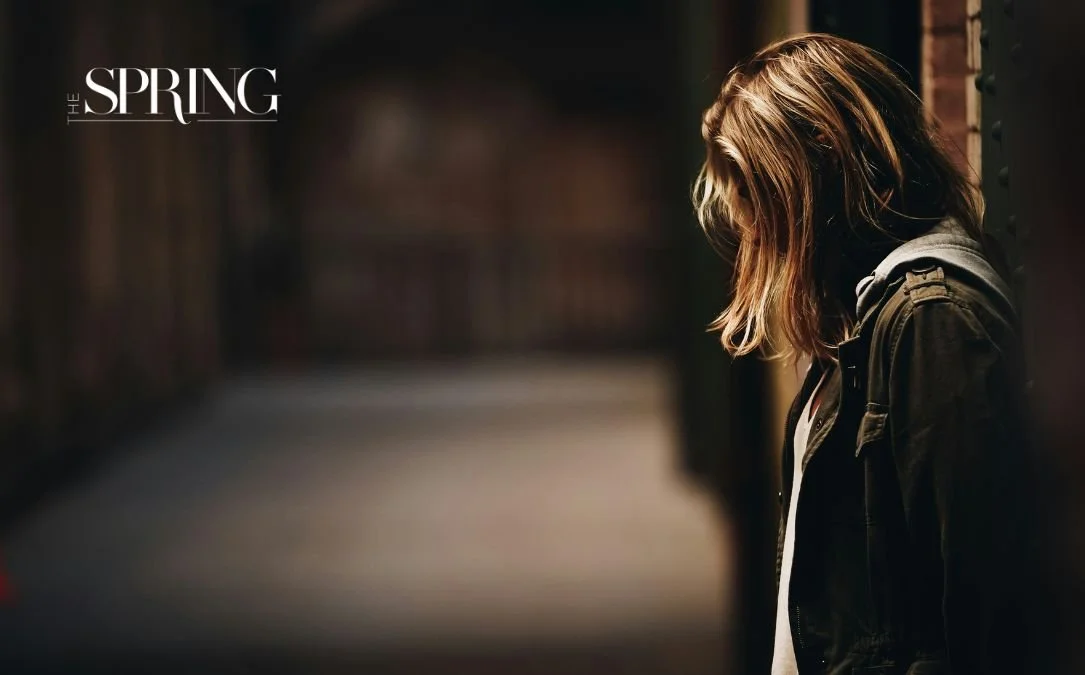Pathways to Healthy Relationships
Building the foundation for lifelong, healthy relationships starts when you’re young.
Kedrick Nettleton, Community Engagement Manager
The Spring exists to serve those who’ve been affected by domestic violence, sexual violence, human trafficking, and stalking — but we want to do more than just react to violence that’s already happened. Through training and awareness, we want to intervene before instances of abuse, providing resources and education for individuals to create foundations of trust and safety in their families and friend groups.
One area of life that’s particularly fraught, especially for young people, is the world of dating. It’s an exciting time for building connections, but it’s also a time where life-long relationship habits are formed for good or bad. Unfortunately, what data exists in this area indicates that dating relationships for young people are often unsafe. The CDC conducted a Youth Risk Behavior Survey in 2019, and the findings were scary. Among U.S. high school students who reported dating during the 12 months before the survey, about 1 in 12 experienced physical dating violence, and about 1 in 12 experienced sexual dating violence.
Keeping those statistics in mind, we thought it would be helpful to talk through positive relationship building with Lynn Bryant, The Spring’s non-residential coordinator. She’s presented this topic to young people throughout the Tulsa area, and she shared a few helpful tips for young people and parents as they start building relationship habits.
Can you talk a little bit about how important it is to build positive relationship habits early in life?
“First off, we’re designed to be relational. It’s how we learn! It starts with our parents and spreads from there to other social relationships. Building positive habits early is key because we tolerate as adults what our brains have been conditioned to think of as ‘normal’ during our growing-up time.”
What are some examples of relationship “red-flags” that young people should keep in mind?
“There are so many things I could say here. The clearest ‘red flag’ is control itself. If someone is telling you who you can or can’t be friends with, wanting to know where you are at all times, becoming upset for not calling or texting back ‘fast enough,’ or not giving space to hang out with family or friends, that’s a bad sign. A really clear red-flag would be threatening to harm themselves if you don’t do what they want, and that’s something we see fairly often.”
What are some ways that people can set boundaries in dating relationships?
“This is going to look different for each person and relationship, and the key thing is thinking about what a healthy relationship might look like. We’re all valuable individuals, and we should all value ourselves enough to not tolerate negative behavior.
One thing I share with people to help them understand this concept is this: If your closest, most beloved friend came to you and shared about a situation like the one you’re in, what would you tell them? Accept that you deserve that same kind of respect from your own relationship.”
If I see my relationship trending towards some of these red-flags, what do I do? How do I have that conversation?
“The way you test this would be by starting to say no. And if you don’t feel safe saying no to the person who is crossing these boundaries, share with a safe person so you can work together to make a safety plan. You’ll need to put distance between yourself and this relationship partner. As a reminder, safety planning is something that we do here at The Spring through our non-residential program.
If you do feel safe enough to say no, think through what that looks like. Maybe it’s, ‘No, I actually don’t feel okay with sharing my location right now.’ Or, ‘No, I’m going to the movies with just my friends tonight — we can hang out another time that works for our schedules.”
For the parents out there — what are some ways that we can support our children as they start dating?
“Realize that you, as a parent, are your child’s biggest support system as they start dating. You want to ensure that you are the safest place for your children to go to when something happens to them. And remember — if you don’t have this relationship already, it’s never too late to start! You won’t know the answer to every question, but you can be a safe and loving person to share life with. This is vital for a child’s resilience to all of life’s struggles, and that includes dating relationships.”
Say that a young person has experienced abuse of some kind in a dating relationship. What comes next?
“The answer to this question is true no matter what age you are — if you’re experiencing abuse of any kind, share your experience with someone safe. Young people can share with a safe parent, sibling, friend, youth pastor, counselor, or teacher. Find someone who you can open up to. Once you’re in a safe place from that abusive partner, I’d encourage you to find a counselor to connect with. Talking through what happened is an essential part of beginning the healing process.”
The Spring provides resources for those affected by violence and trafficking even if you have a place to stay. If you’re interested in learning more about Lynn’s non-residential program, click the button below.


